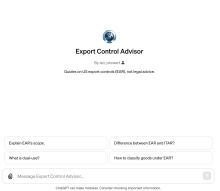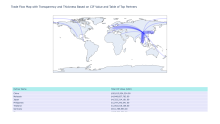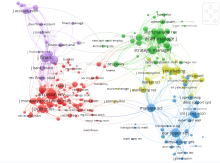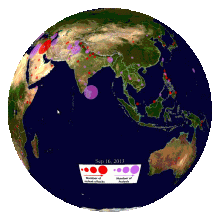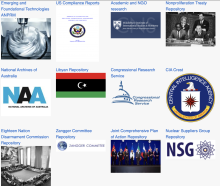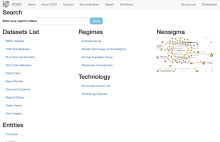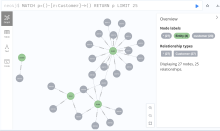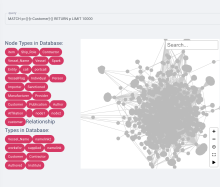The business world is focused on the potential of Artificial Intelligence as a result of Open AI's offerings such as Chat GPT. CNS is examining the duality of AI - both how it might contribute to proliferation and how it may be used to counter proliferation. As part of this examination, Ian Stewart created an experimental GPT focused on the Export Administration Regulations. This post introduces the experiment.
GPTs are a tailored version of Open AI's Chat GPT that have been given specific instructions to undertake certain tasks. GPTs can also be given access to large quantities of domain-specific data on which to base their responses. The promise of GPTs is thus that they should be able to answer domain-specific questions in a thorough way.
